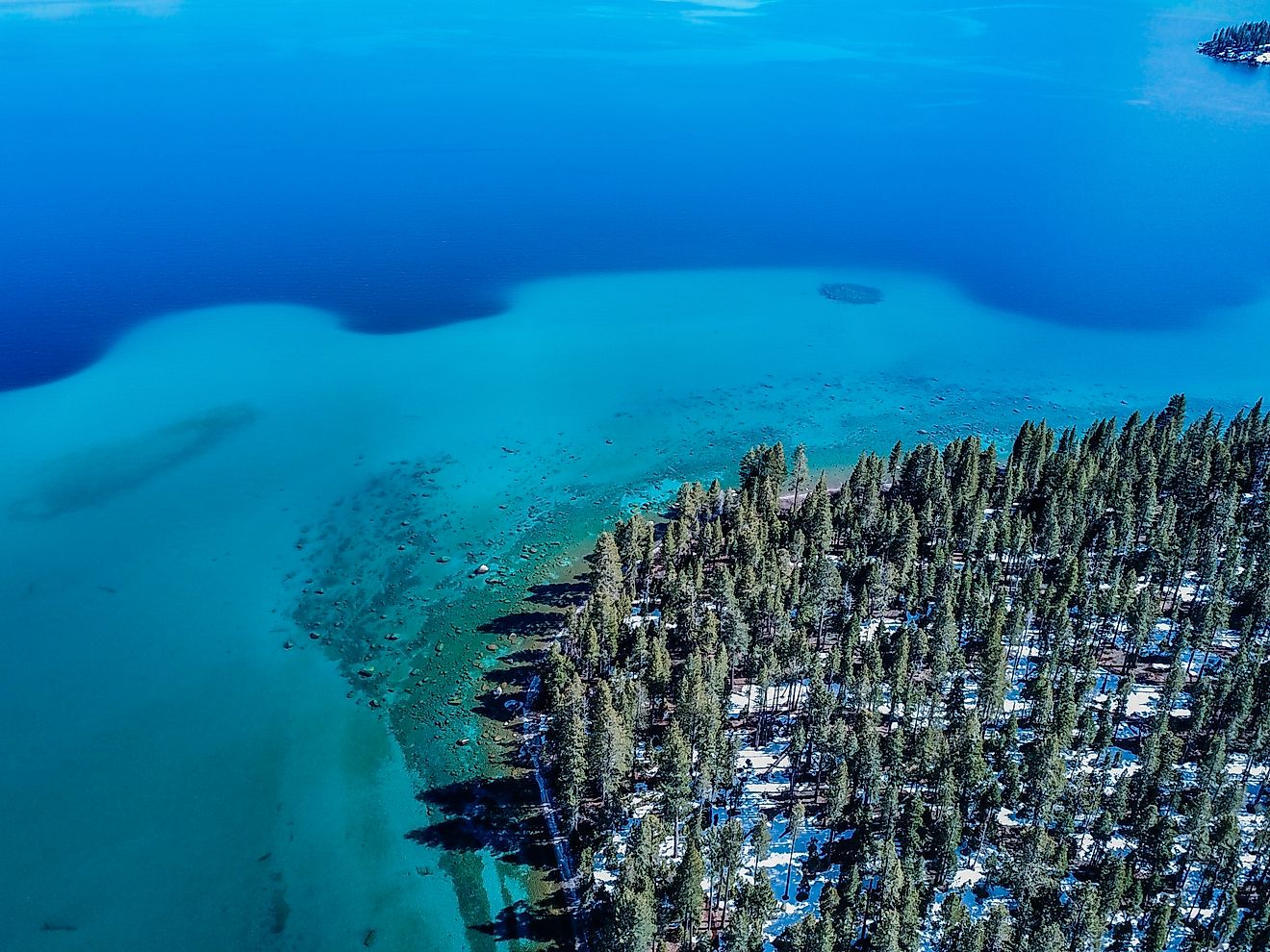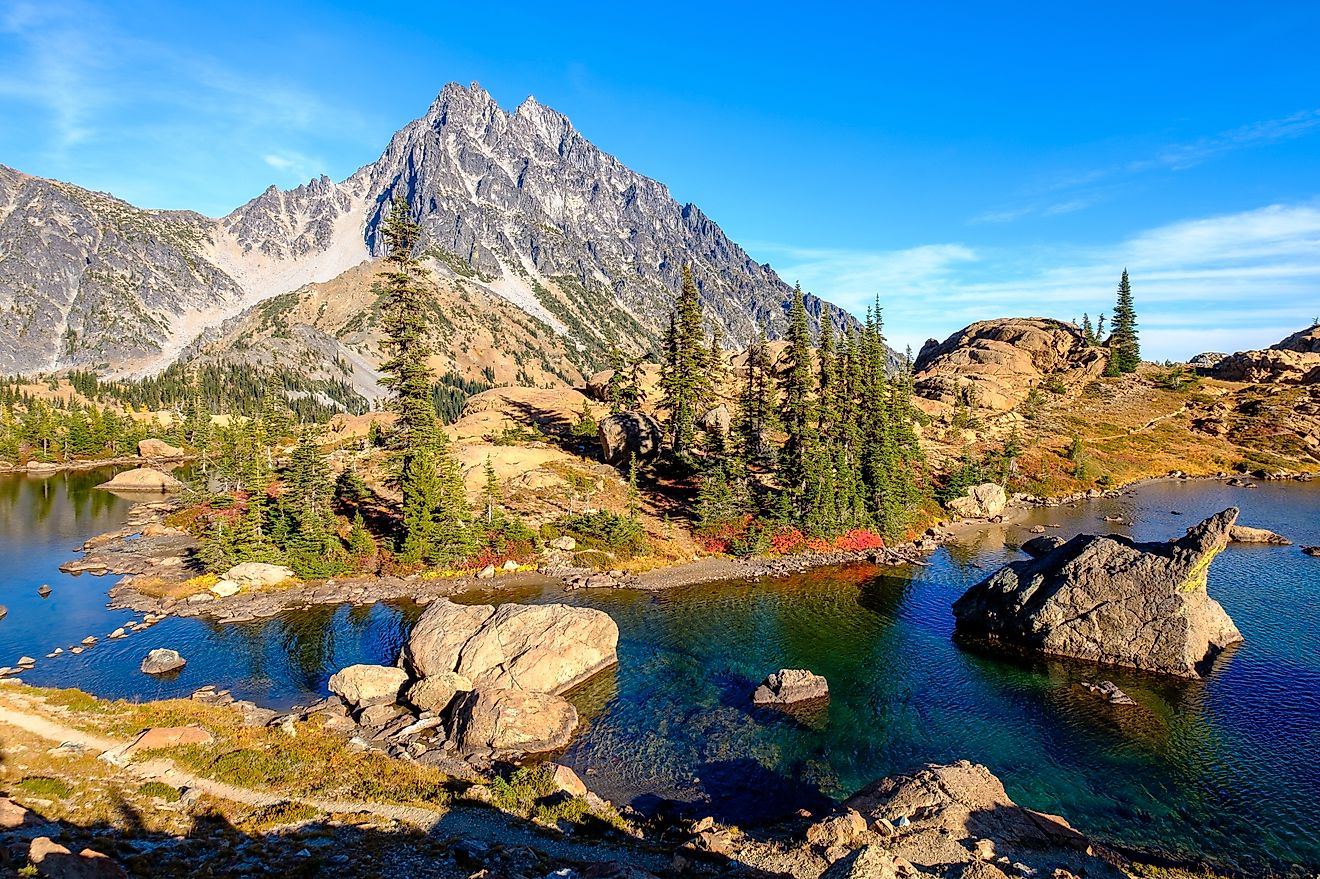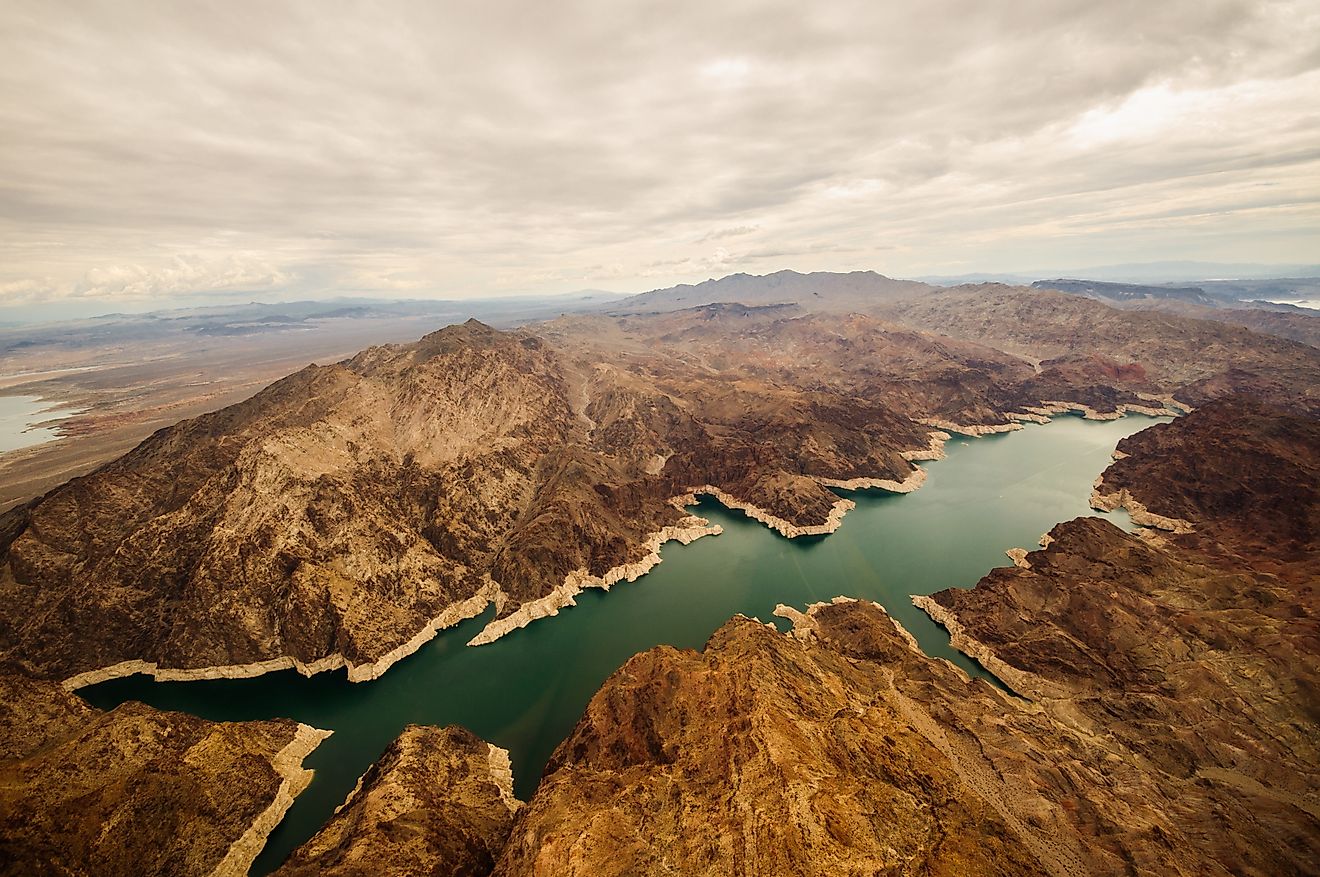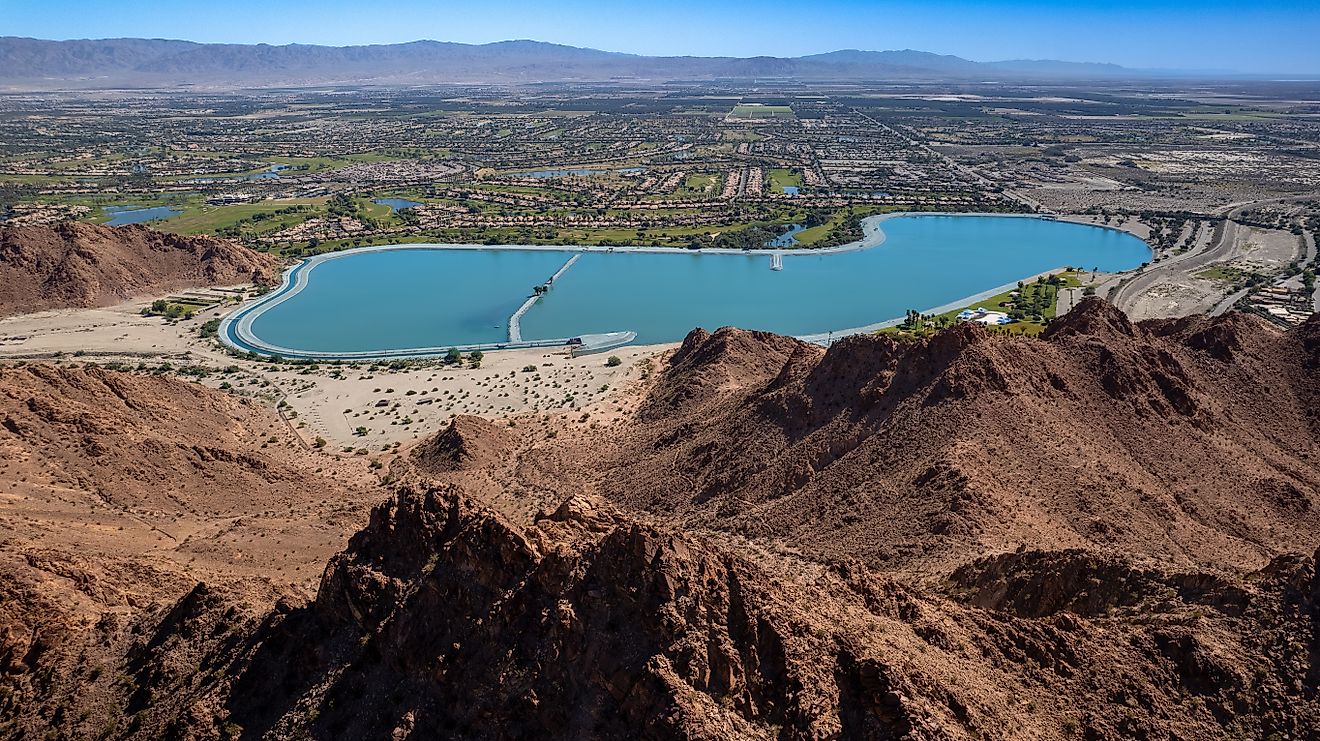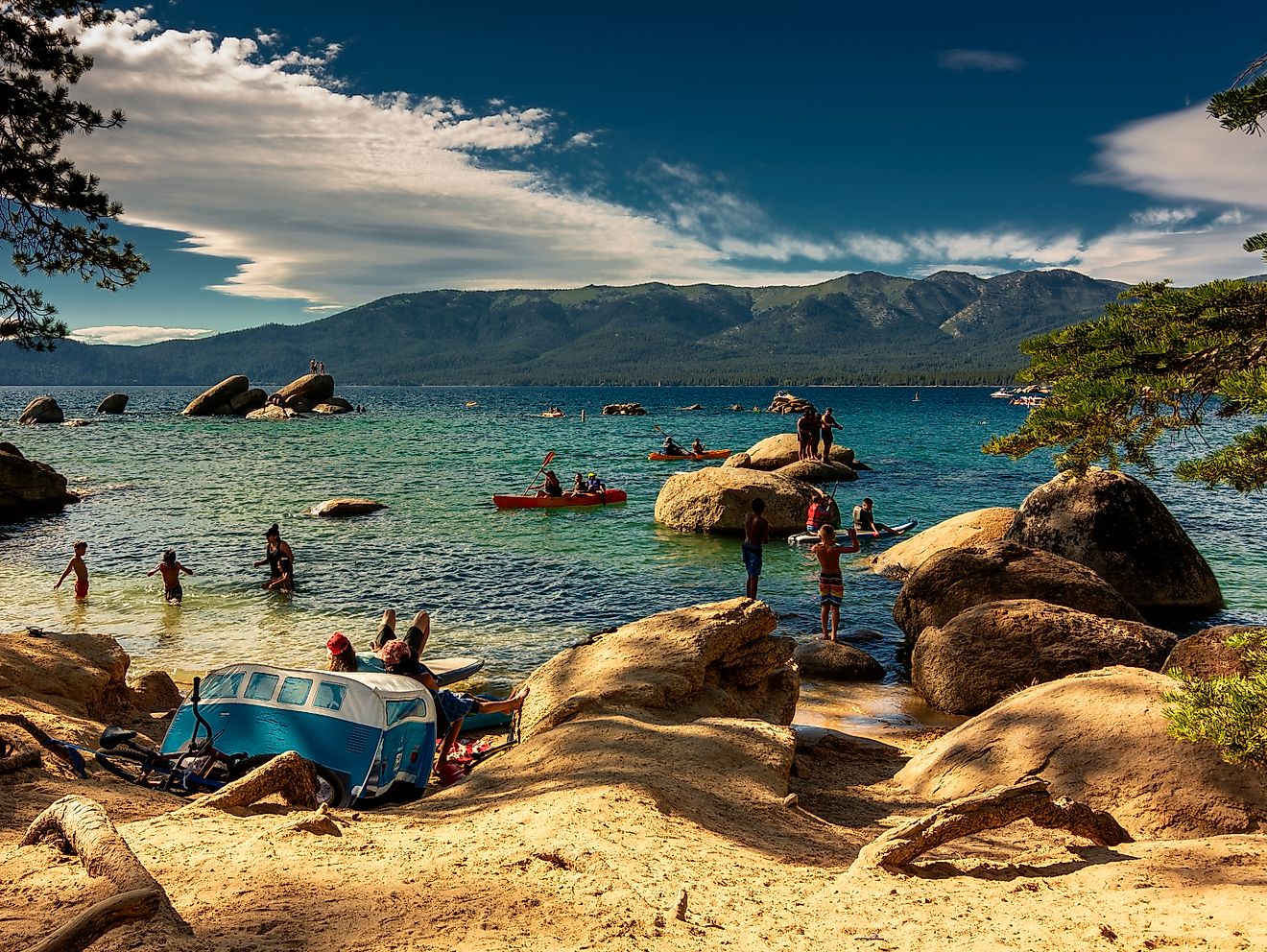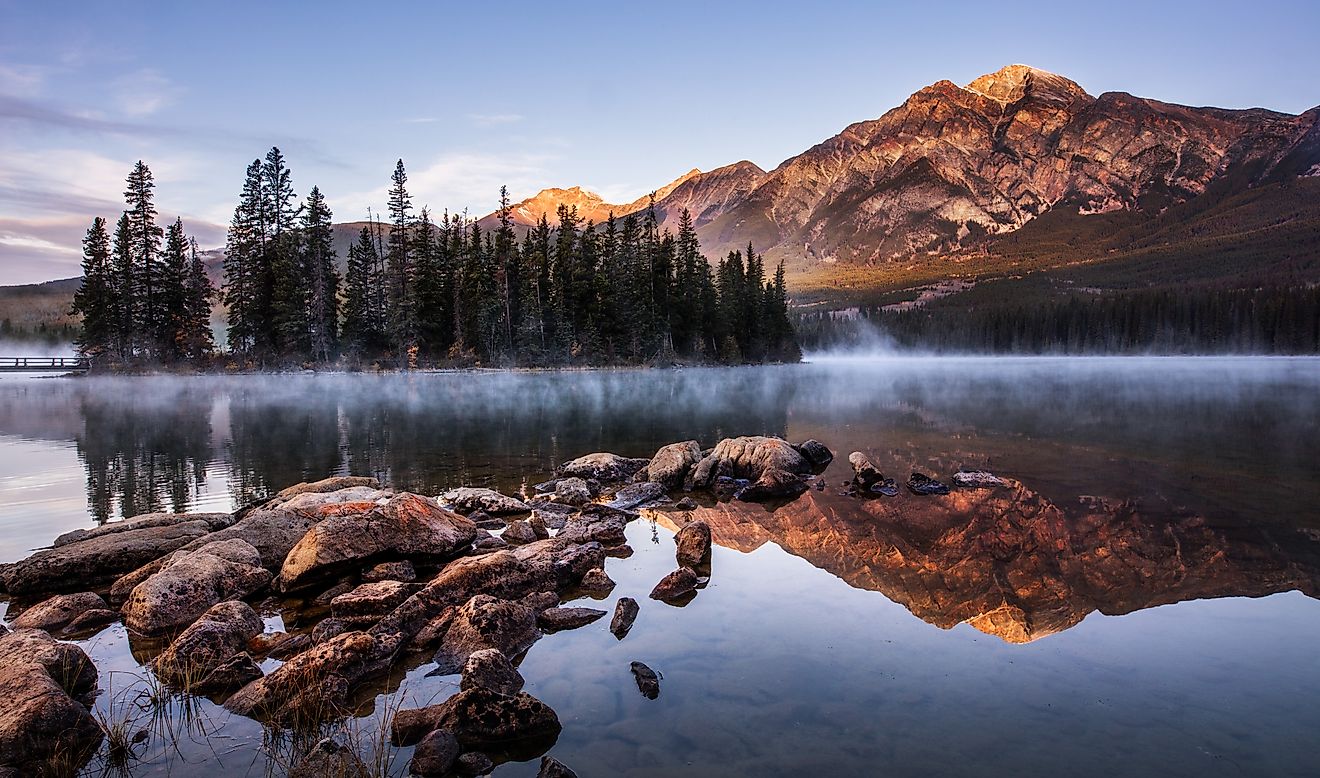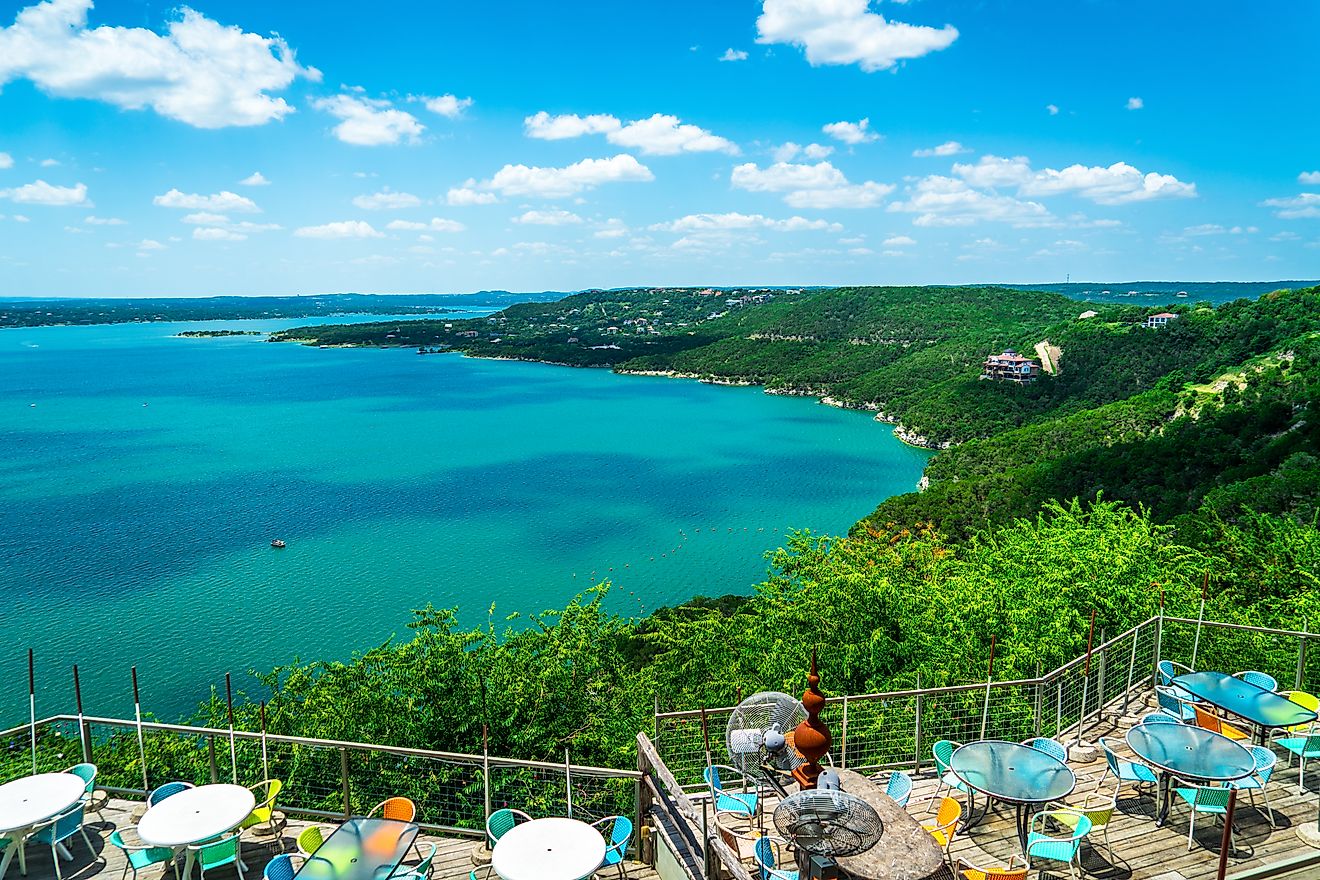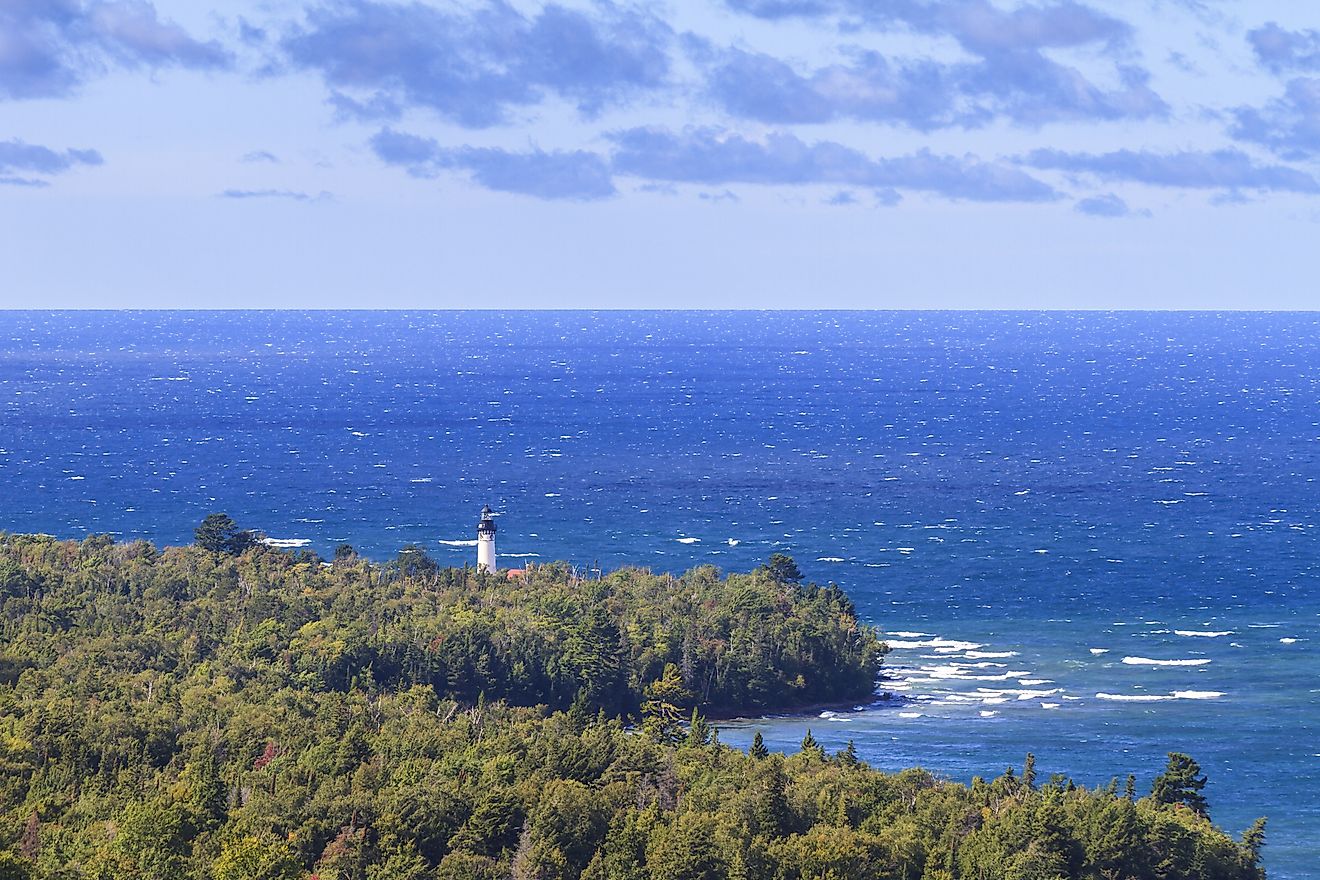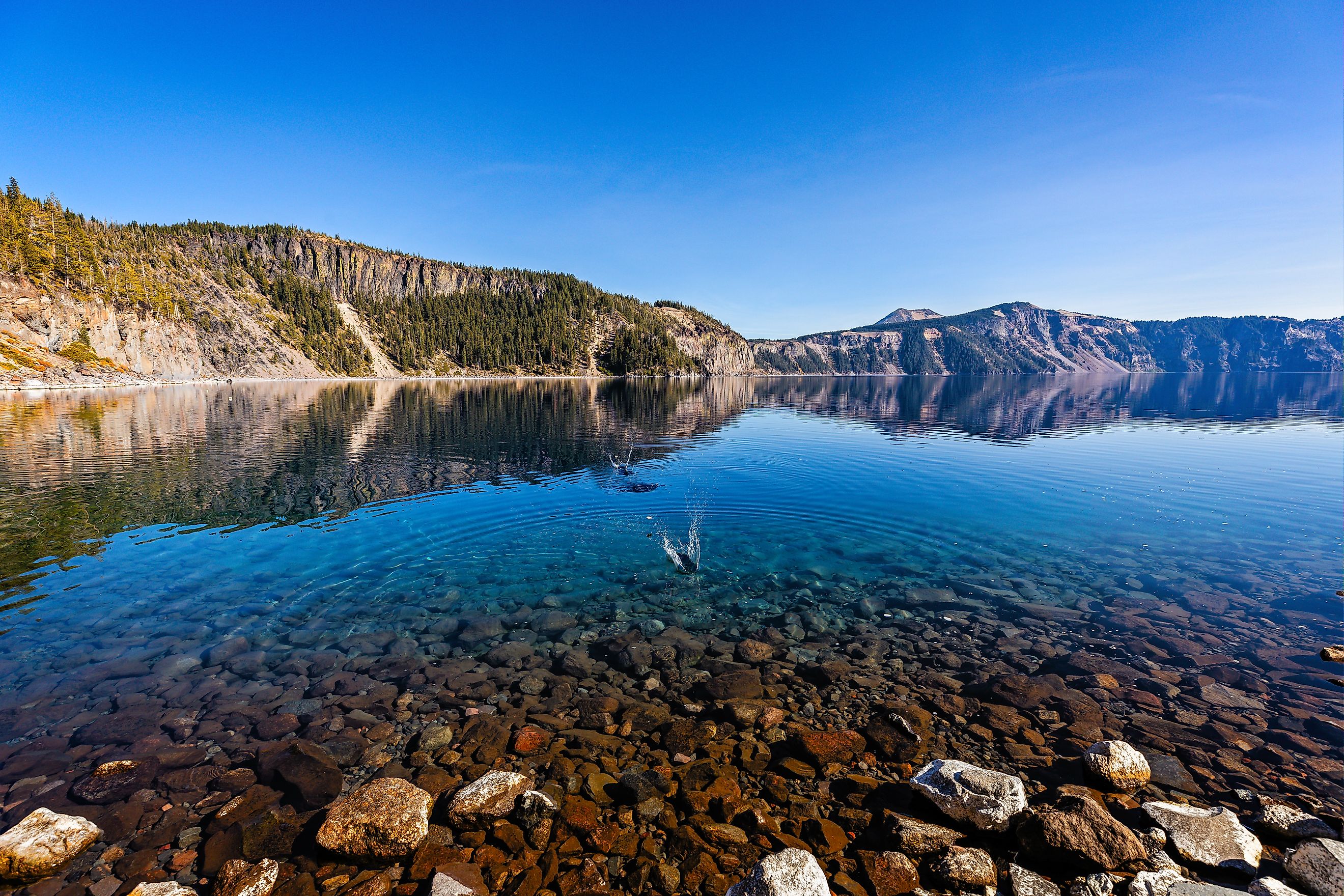
The Clearest Lakes in The US
In a country brimming with freshwater lakes, it’s easy to assume that all waters are created equal. But venture a bit deeper, and you’ll find that some lakes stand out not for their size or fame—but for their clarity. These are the lakes where you can see the bottom, some 100 feet down, where the water appears almost invisible, and where natural beauty feels untouched by time.
So what makes a lake clear? Several factors influence water clarity:
-
Lack of runoff: Lakes surrounded by forests or mountains tend to receive less sediment and agricultural runoff.
-
Minimal algae growth: Cold or nutrient-poor lakes support fewer algae blooms, which often cloud the water.
-
Geological features: Sandy or rocky bottoms allow light to reflect better than murky or silty ones.
-
Depth and shape: Deeper lakes with steep sides often remain undisturbed by winds or boat traffic that would otherwise stir up sediment.
These natural characteristics, often combined with strong conservation efforts, help certain lakes maintain a crystal-clear appearance year after year. From alpine reservoirs to volcanic calderas, here are the clearest lakes in the US—and why they're worth the trip.
Crater Lake: The Deepest Blue
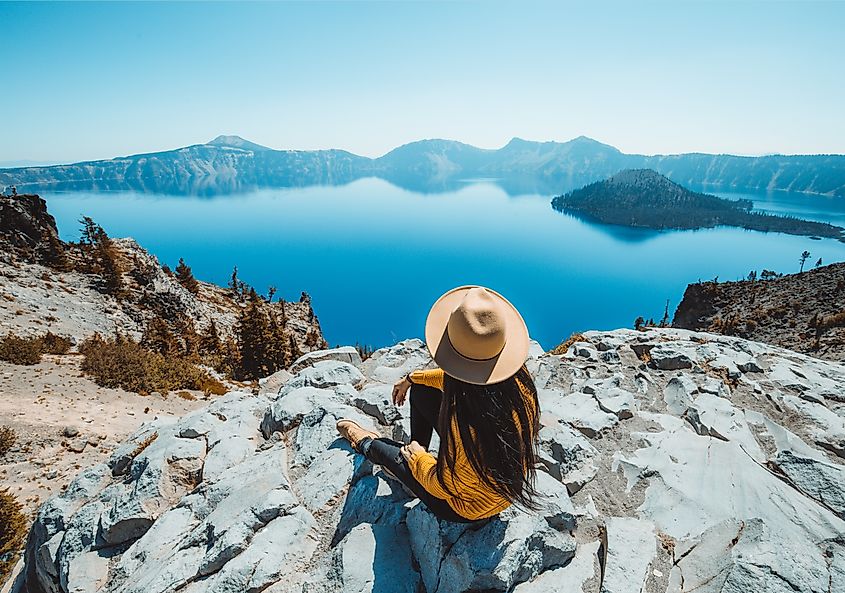
-
Location: Crater Lake National Park, Oregon
-
Best time to visit: July to September, when Rim Drive is fully open and snow has melted
When it comes to clarity, Crater Lake is the undisputed champion. Formed over 7,000 years ago in the collapsed caldera of Mount Mazama, this iconic Oregon lake owes its breathtaking clarity to its origins—it's fed entirely by snow and rain, with no rivers flowing in or out. That isolation means no sediments or pollutants muddy the waters.
Crater Lake reaches depths of 1,943 feet, making it the deepest lake in the United States. But what makes it truly astonishing is its visibility of over 100 feet on clear days. The sapphire-blue water is almost surreal, especially when framed by the dramatic cliffs of the surrounding national park.
Lake Tahoe: Alpine Clarity and Year-Round Beauty
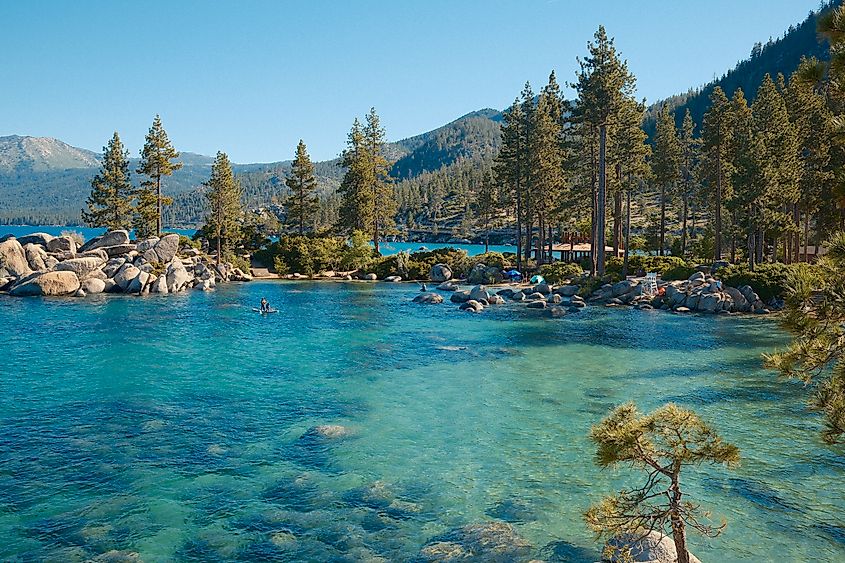
-
Location: Sierra Nevada Mountains, California/Nevada
-
Don’t miss: Sand Harbor Beach on the Nevada side for the clearest, shallow waters
Spanning the border between California and Nevada, Lake Tahoe has long been celebrated for its clear, cobalt-blue water and scenic alpine surroundings. Formed around two million years ago, the lake sits at 6,225 feet above sea level and reaches depths of over 1,600 feet.
For decades, Lake Tahoe's clarity was legendary, with Secchi disk readings (a common way to measure water transparency) regularly exceeding 100 feet. While that number has declined slightly due to development and pollution, recent restoration efforts have improved clarity levels to around 70 feet, and some winter readings even exceed 80 feet.
Flathead Lake: The Largest Clear Lake West of the Mississippi
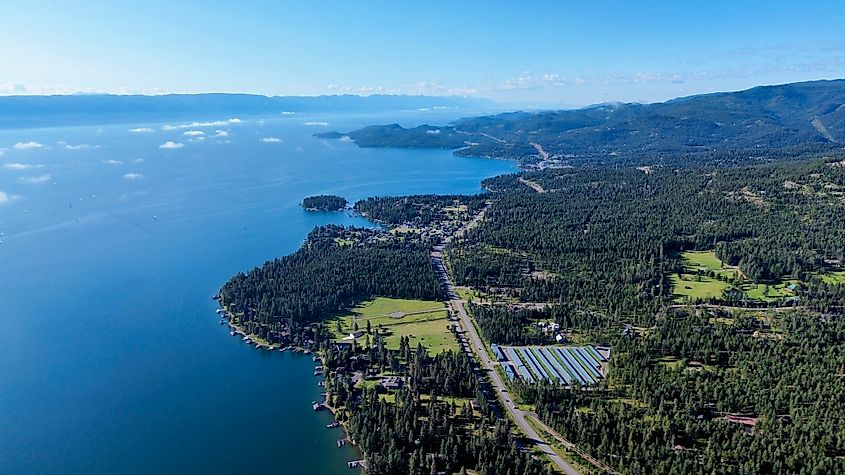
-
Location: Northwest Montana, south of Glacier National Park
-
Best activities: Sailing, kayaking, and scenic boat cruises
Flathead Lake in northwestern Montana is often overshadowed by Glacier National Park to the north—but it shouldn't be. As one of the largest freshwater lakes in the western US, Flathead is remarkable not only for its size (197 square miles) but also for its incredible clarity.
The lake is fed by snowmelt and spring water from the surrounding mountains, and its basin is relatively undeveloped compared to more populated lakes. With visibility often exceeding 50 feet, it's not uncommon to see the rocky lakebed even when you're far from shore.
Torch Lake: The Caribbean of the Midwest
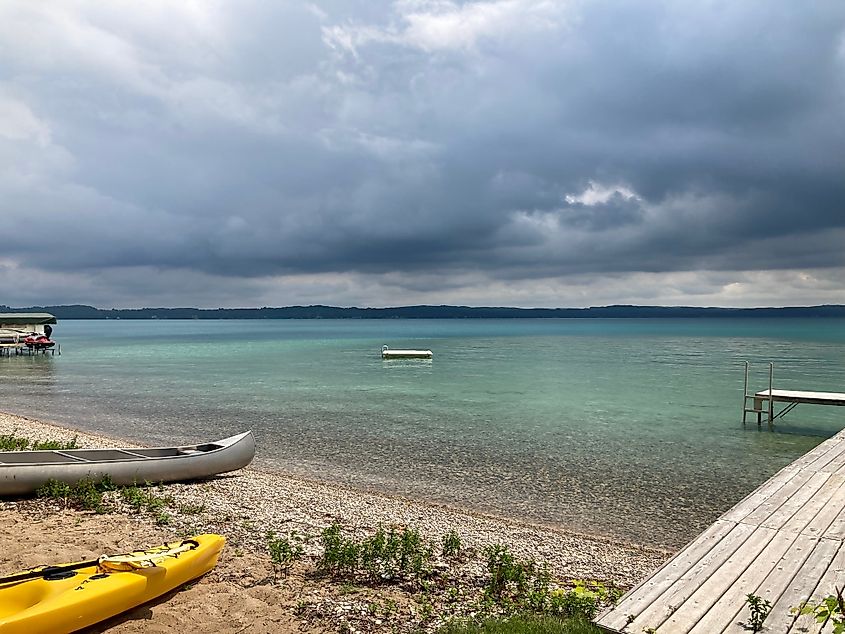
-
Location: Antrim County, northern Michigan
-
Fun fact: Celebrities like Kid Rock and Eminem have vacationed here
Often mistaken for a tropical lagoon thanks to its vivid turquoise hue, Torch Lake in northern Michigan is a glacially carved freshwater gem. It's the second-largest inland lake in the state and boasts astonishing clarity—visibility regularly reaches 20 to 30 feet, particularly in the shallower areas near sandbars.
The lake’s color comes from its unique mineral content and white sandy bottom, which refracts sunlight in a way reminiscent of the Caribbean. It’s especially popular in the summer, when boaters and swimmers flock to its famous sandbar.
Lake George: The Queen of American Lakes
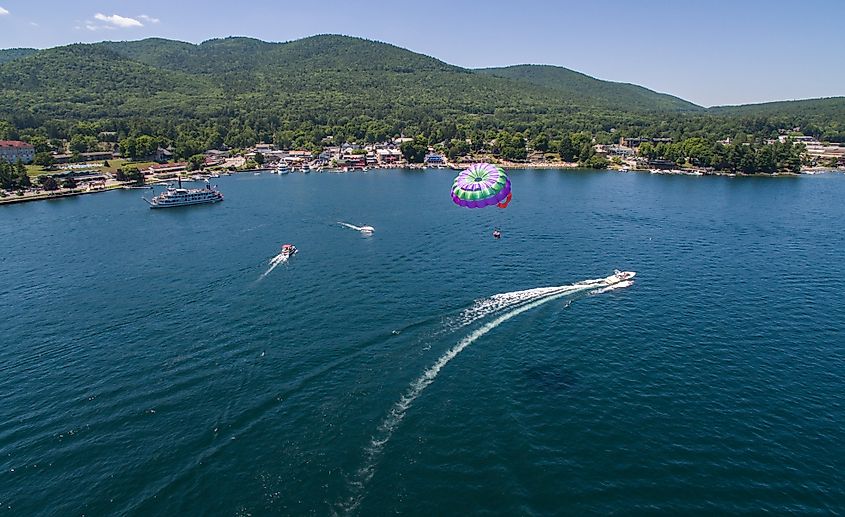
-
Location: Adirondack Park, northeastern New York
-
Top highlight: Lake George’s Million Dollar Beach offers easy access to shallow, clear waters
Nicknamed “The Queen of American Lakes,” Lake George in New York’s Adirondack Mountains has long been cherished for its pristine waters. The lake stretches for 32 miles and is surrounded by forested hills and colonial-era towns, offering a mix of natural and historic charm.
The water here is surprisingly clear, with visibility reaching up to 30 feet in some places. That’s thanks in part to active conservation efforts and the lake’s deep, narrow profile which helps minimize sediment disturbance.
Lake Chelan: A Fjord-Like Wonder
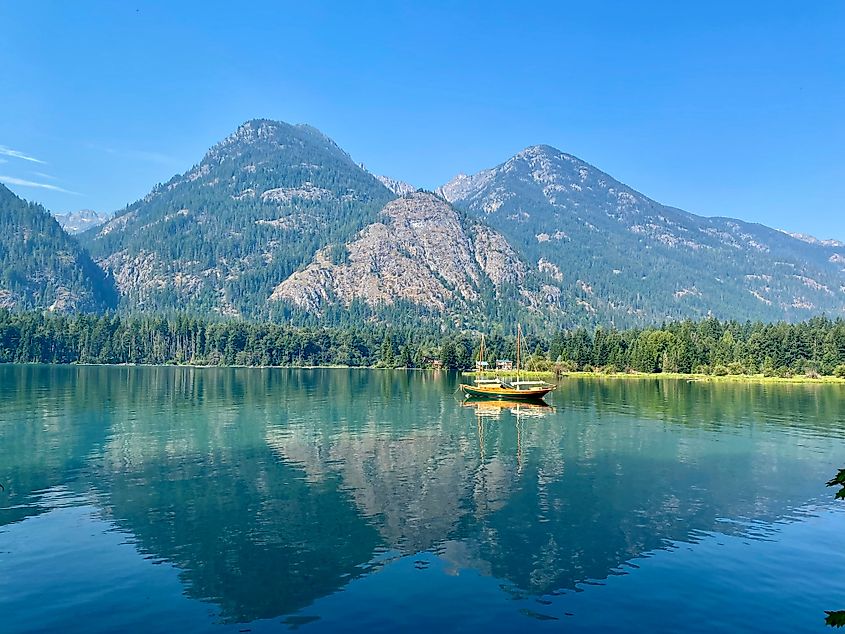
-
Location: North-central Washington
-
Getting there: Take the Lady of the Lake ferry to Stehekin for untouched wilderness and stunning clarity
Tucked into a glacier-carved valley in central Washington, Lake Chelan is a long, narrow lake stretching over 50 miles and plunging to depths of 1,486 feet. Its clarity comes from mountain snowmelt and its steep sides, which prevent runoff and sediment from clouding the water.
Visibility in Lake Chelan can exceed 40 feet, especially near the remote northern end, which is only accessible by boat or seaplane. The southern end is more developed but still retains excellent water quality.
Newfound Lake: A Hidden Gem in New England
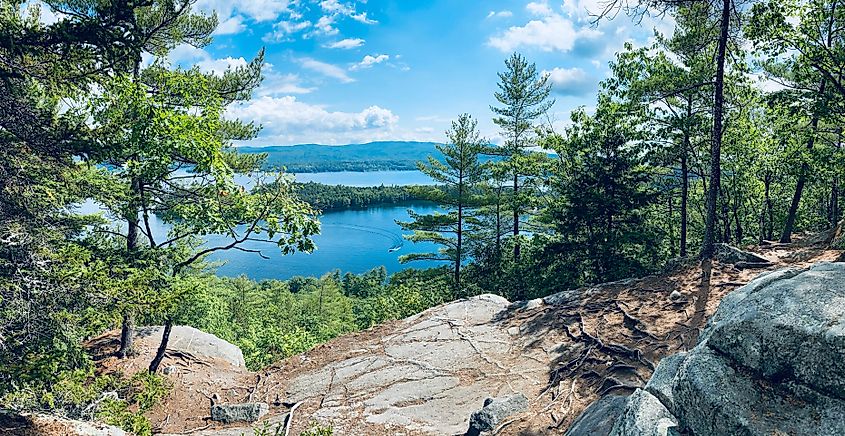
-
Location: Grafton County, central New Hampshire
-
Tip: Wellington State Park offers one of the largest freshwater beaches in the state
Tucked away in central New Hampshire’s Lakes Region, Newfound Lake is often bypassed in favor of nearby Lake Winnipesaukee. But for those seeking quiet, clean water, Newfound is the true gem. It’s considered one of the cleanest and clearest lakes in the state, with visibility often reported at 25 to 40 feet.
Fed by eight underground springs, Newfound’s clarity is preserved by minimal development and robust environmental protections. The lake is a favorite among locals for kayaking, fishing, and quiet family getaways.
Lake Coeur d’Alene: Beauty in the Inland Northwest
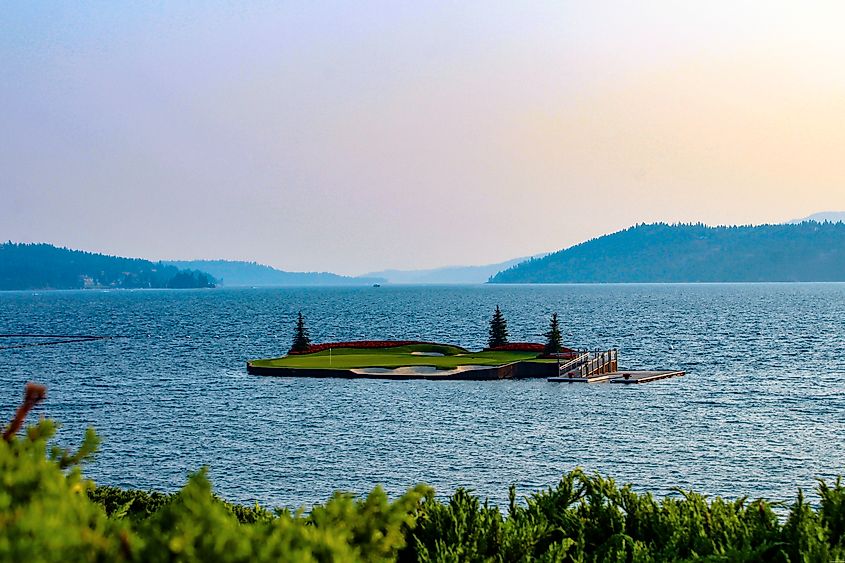
-
Location: Kootenai County, northern Idaho
-
Don’t miss: Tubbs Hill trail for stunning lakeside views
Lake Coeur d’Alene, nestled in the rolling hills of northern Idaho, combines scenic mountain views with water so clear you can spot fish several feet below the surface. Visibility varies depending on the time of year, but in spring and early summer, it can exceed 25 feet.
Originally formed by glacial flooding, the lake is surrounded by pine forests and features over 100 miles of shoreline, making it popular for boating and swimming. Its namesake city, Coeur d’Alene, offers a lively waterfront and upscale resorts, adding to the lake’s appeal.
Hanging Lake: A High-Altitude Marvel
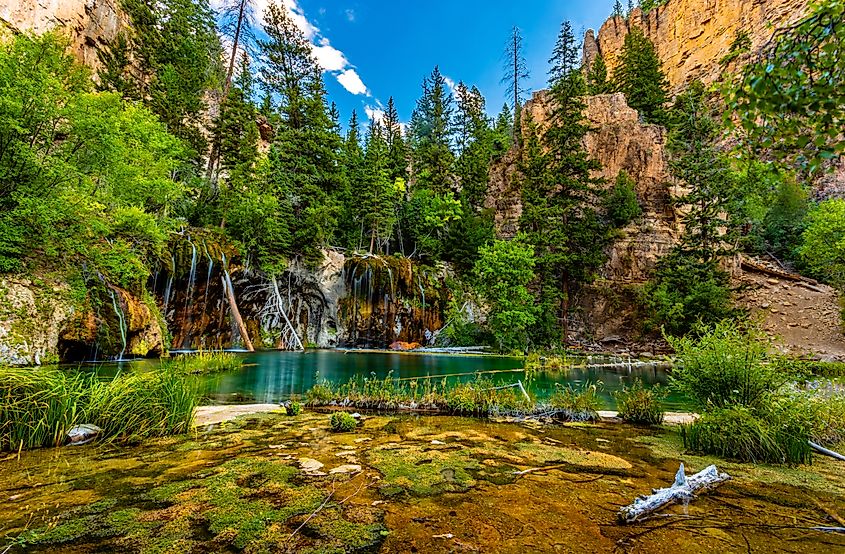
-
Location: Glenwood Springs, Colorado
-
Access: Permit required; 1.2-mile steep trail hike
Unlike other lakes on this list, Hanging Lake isn’t a traditional body of water you swim in or boat across—but its clarity is unrivaled. Perched on a cliffside in Glenwood Canyon at over 7,000 feet, this small lake is fed by mountain springs and is celebrated for its emerald color and mirror-like surface.
Swimming is prohibited to protect the fragile ecosystem, but hiking up to see it is an unforgettable experience. Hanging Lake is so clear that you can see trout gliding effortlessly above a bed of aquatic moss and logs preserved in the still water.
Lake Superior: The Largest, and Still Pristine
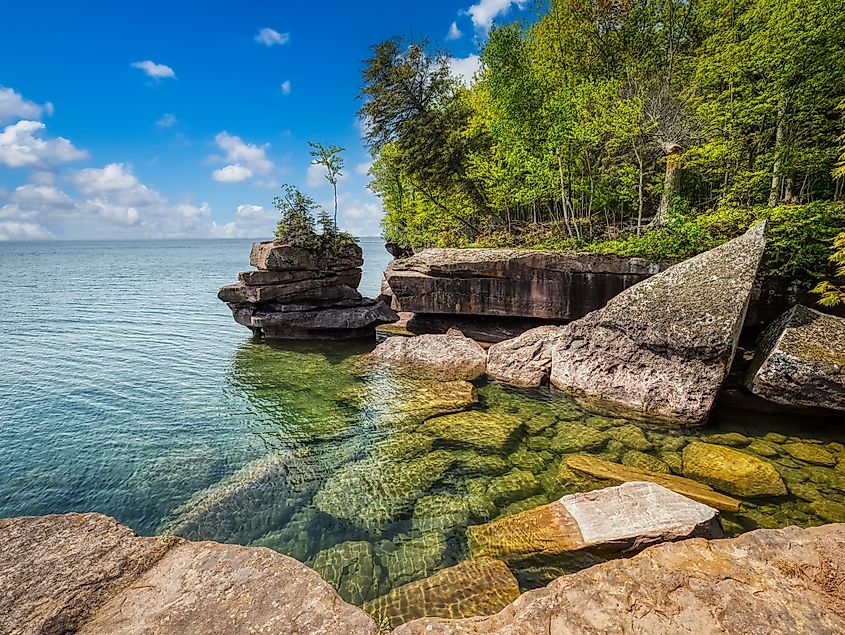
-
Location: Touches Minnesota, Wisconsin, Michigan, and Ontario
-
Must see: Sea caves near Apostle Islands and colorful cliffs at Pictured Rocks
It may seem surprising that the largest of the Great Lakes is also one of the clearest, but Lake Superior is known for its remarkably clean water—especially along the rugged northern shoreline. The lake is cold year-round, which limits algae growth and keeps visibility high.
While clarity can vary by location and season, areas near Michigan’s Pictured Rocks National Lakeshore and Minnesota’s North Shore routinely report visibility over 20 feet, making Lake Superior a favorite for kayaking and underwater exploration.
The Magic Beneath the Surface
From volcanic craters and alpine basins to glacial-carved valleys and hidden highland pools, the clearest lakes in the United States offer more than just a pretty picture—they offer immersion into nature’s purity. Whether you're kayaking across glassy waters, diving into shimmering depths, or simply admiring a reflection, these lakes prove that sometimes, the best views are beneath the surface. Pack your gear, plan your route, and discover just how clear American waters can be.
Frequently Asked Questions
What is the clearest lake in the United States?
Crater Lake in Oregon holds the title for the clearest and deepest lake in the US, with water visibility exceeding 100 feet.
Are clear lakes safe to swim in?
In general, yes—clear lakes are often some of the cleanest due to low pollution and algae. Still, check local water quality reports for safety.
When is the best time to visit clear lakes?
Late spring through early fall is typically best for most clear lakes, though winter and early spring offer improved clarity in some areas due to reduced algae and boat traffic.
